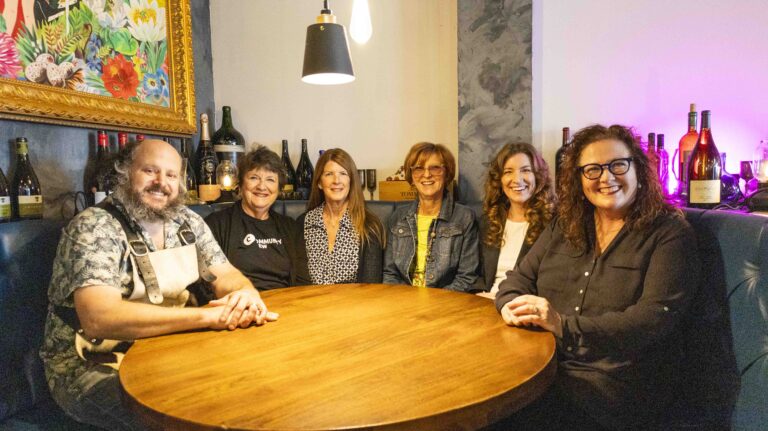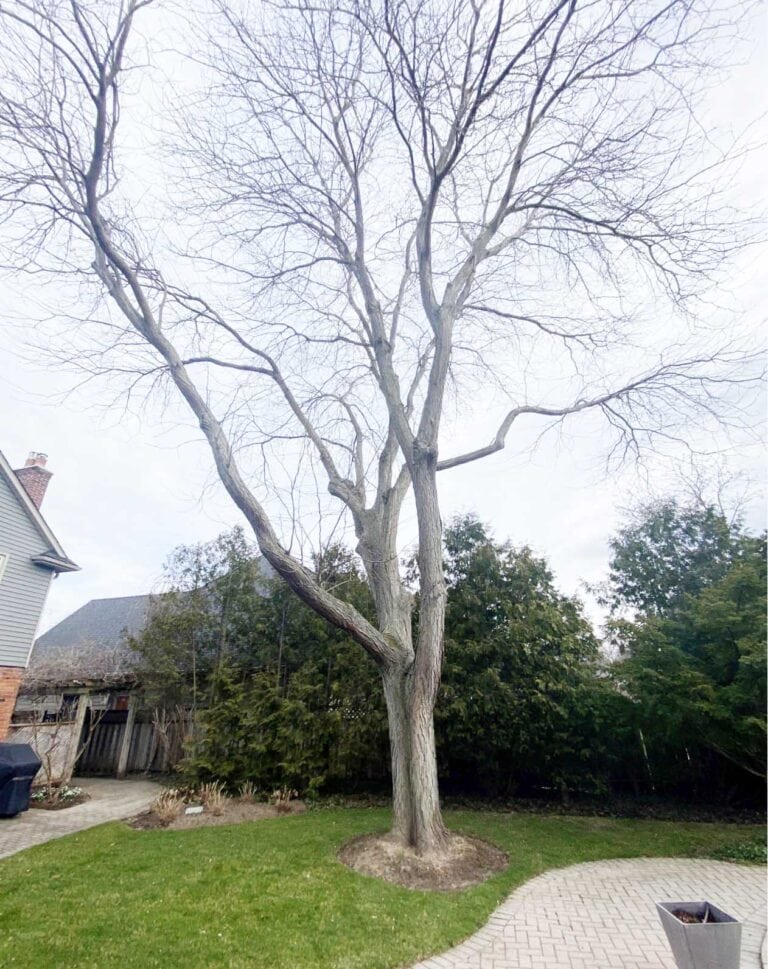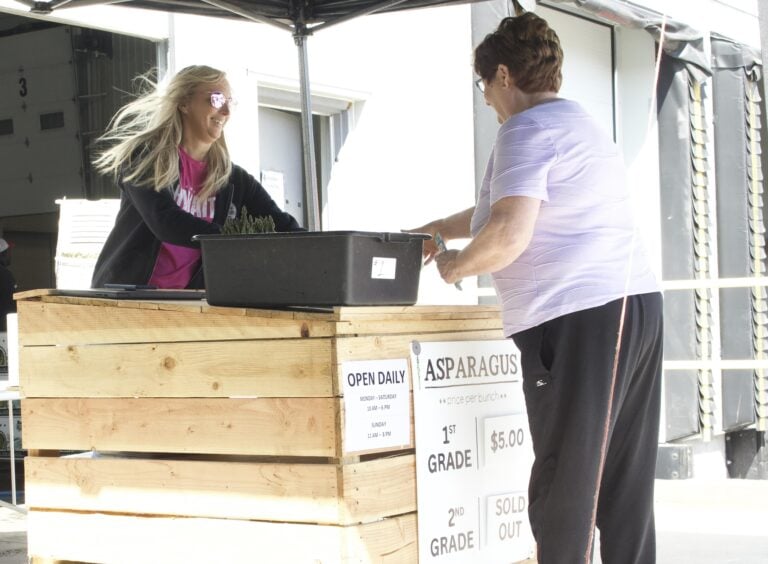Fort George commemorated 209 years since the battle of Queenston Heights last week with a guided tour of the area around Brock’s Monument and even had a real Canadian lieutenant-colonel impersonating historic Lt.-Col. Thomas Clark.
Clark is a lesser known yet pivotal figure in the Battle of Queenston Heights and the War of 1812. He was the leader of the Lincoln Militia, which was integral in helping the British to victory on Oct. 13, 1812.
“The main fighting was done by the British professionals, but the militia and the Indigenous warriors were an important part of the whole thing,” Lt.-Col Bernard Nehring said in an interview.
For Wednesday's gathering, Nehring was decked out in the traditional uniform that Clark would have worn, but there was one major discrepancy. The medals that adorned Nehring's uniform were his own, not Clark's.
Nehring's five medals were for his 22 years of home service in the Lincoln Regiment. One of the medals, the Canadian Forces' Decoration, is given to all service members after 12 years of service, “if they didn't screw up,” Nehring said.
“(Clark) was a local farmer, really, but he was a commanding officer and was involved all throughout the War of 1812 and after.”
He relished in his similarities with the long-dead Clark. Both served in the Lincoln Militia (now the Lincoln Regiment), both were lieutenant-colonels and Clark lived in Niagara Falls, where Nehring now resides.
Nehring lamented that Clark's contributions went largely unrewarded by the British.
“The British government did not recognize any of the militia at all. Battle honours were not granted, they were only granted to full-time regiments,” he said.
“A number of people that serve in the British army received medals, if they were still alive, but not one Canadian soldier at the time.”
In 2019, the Canadian government retroactively awarded some of the unrecognized regiments with battle honours. Lincoln Militia members were among them.
The guided tour, led by Amanda Gamble and Louise Leyland of the Friends of Fort George, also focused on the contributions of the Haudenosaunee in the war, immortalized in the Landscape of Nations monument on Queenston Heights.
Leyland brought particular attention to Mohawk war chief John Norton as an example of how modern institutions should choose their leaders.
“John is, believe it or not, Cherokee. So, what’s he doing as the war chief of the Mohawk?” Leyland said.
“Well, they had a real interesting way of choosing their leaders. They didn’t care about lineage or prestigiousness, the Mohawk looked for competence. If only we could do the same these days.”
Norton, who was of Cherokee and Scottish descent, graduated from the University of Edinburgh.
“He was well-respected and well-loved and definitely the head of the native contingency at Fort George,” Leyland said.



_2.jpg)







